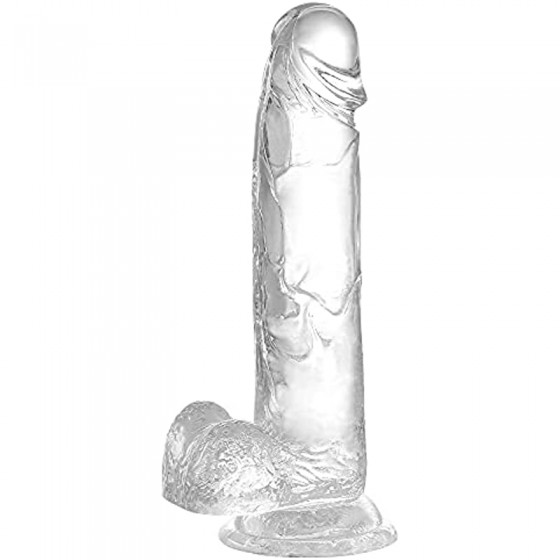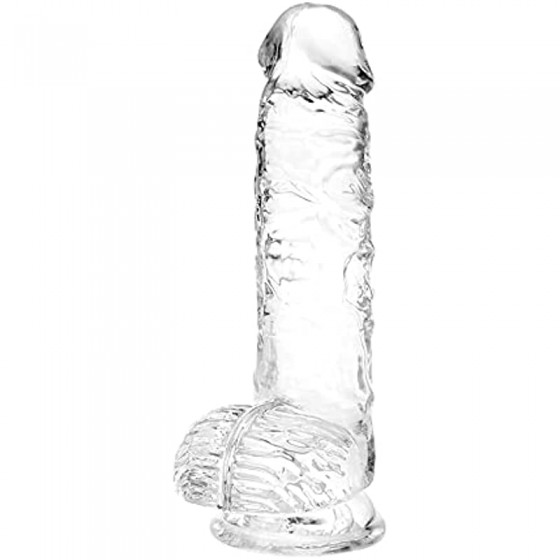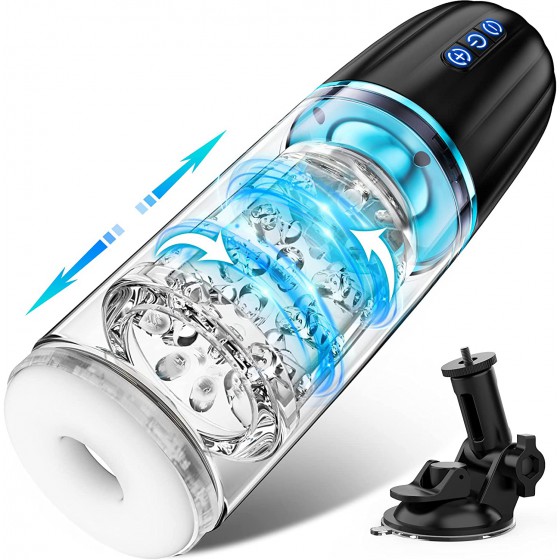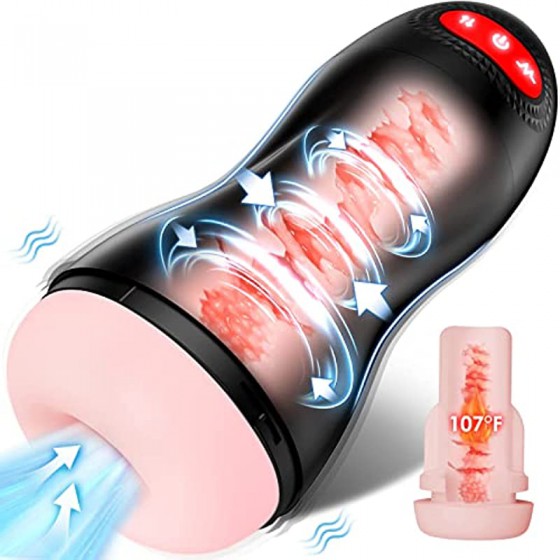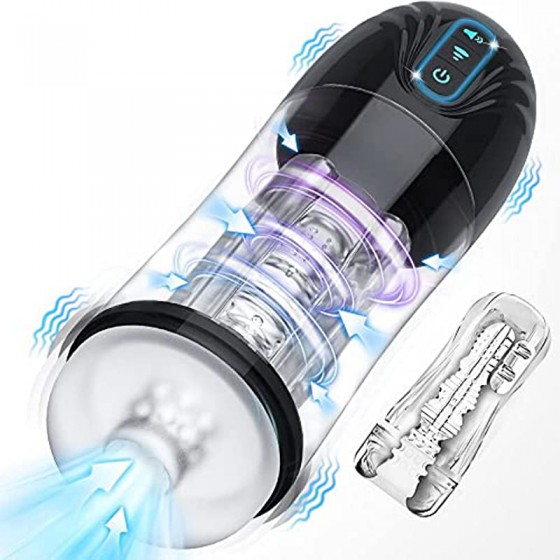IVF is still a good idea
When implementing in vitro fertilization technology, in order to increase the chance of pregnancy, doctors often implant more than one embryo in the uterus. However, at the recent meeting of the European Society of Human Reproduction and Development in Copenhagen, Denmark, scientists reported two research results, pointing out that when implementing this technology, if only one embryo is implanted, the fetus may develop stronger.
The British magazine New Scientist, which reported the news, said the first study shows that when only one embryo is implanted in the uterus instead of multiple embryos, the risk of a child being born can be reduced to a level comparable to normal fertility. . A second study explains why this happens: because it reduces the chance of "missing twins." The results of these two studies show that implanting only one embryo has inherent safety advantages. Even when multiple embryos are implanted and only one baby is born, the risk is higher than that of a single embryo transfer.
According to reports, when IVF was first implemented, doctors usually implanted three or more embryos in a woman’s uterus. As a result, a large number of twins or triplets would naturally be produced, which also brought about this There are many related issues: mothers and children face greater risks during pregnancy, parents are under greater stress, and children suffer from health consequences throughout their lives due to lower birth weight. This situation has forced some European countries to limit the number of embryos implanted: only two embryos are allowed to be implanted, or even just one. Studies have confirmed that if performed by a high-level medical institution, it will not adversely affect the chance of pregnancy.
Among the two new studies announced this time, the leader of the first study is Diane De Neubourg of the Provincial Center for Reproductive Medicine in Antwerp, Belgium. Her research team used 251 people to be born through selective single embryo transfer (SET). of babies were compared with babies born from natural conception. The results showed that "the difference between the two was very small, which we did not expect." De The children's birth weights and chances of being born prematurely were essentially the same, Neubourg said. However, many previous studies have found that even if only one baby is born after multiple embryo transfers, they will still face high risks - they are more likely to be low birth weight and more likely to be born prematurely.
But De Neubourg also pointed out that one limitation of her study is that women who receive single-embryo transfers tend to have better fertility conditions themselves - they are younger and have high-quality embryos. If the woman is older and the quality of the embryo is not good, single embryo implantation may cause many more problems than natural conception.
Why are the risks of multiple embryo transfer and the birth of only one baby different from single embryo transfer? Research by Anja Pinborg at the University of Copenhagen partially answers this question. According to "New Scientist", she conducted a study on 10,000 children born in Denmark from 1995 to 2001 through traditional IVF and ICSI (intracytoplasmic sperm injection). It was found that for every 10 test-tube babies born as a singleton, one started life as twins in the mother's womb. This can be known by doing an ultrasound in the mother's eighth week of pregnancy. During pregnancy, one twin will die, and the surviving twin is prone to neurological problems. "Vanishing twins" can also occur in natural pregnancies, but are much less likely. Anja Pinborg estimates that one-third of the risk of defects in IVF can be explained by "missing twins", while the other two-thirds may be related to parents' fertility problems.
Pinborg said that this conclusion may help some countries legislate to limit the number of embryos implanted, or at least require medical institutions to inform recipients of in vitro fertilization in advance when performing relevant medical operations that the "disappearing twins" are the result of in vitro fertilization. Multiple pregnancy is a risk to consider. Pinborg believes that single embryo transfer is recommended for all women under the age of 37; even for older women.
This article comes from adult.6kmall.com and is published by netizens. This site only quotes it for reference. It does not mean that this site agrees with the views of the article. If you believe that the content and intellectual property rights of this article infringe upon your interests, please contact us.


